For a long time in the past, the status of still life photography has long resided after landscape photography and portrait photography. However, with the rise of social media such as Instagram, WhatsApp, and Facebook, people shared everything using images, what they had eaten, places visited, game played etc. The willingness to look or see something has become more and more intense. An obvious example is that the first thing, we do at the table before we start eating is often to take a picture first. As an important part of the large category of still-life photography, food also makes the status of still-life photography itself ever-increasing. But why despite having a good background we won’t able to capture good scenes in our camera? The key to success is to master the correct method. Let’s follow the footsteps of photographer Stacey Hill and learn the five things that must be mastered when shooting a still life. I believe that after mastering the mysteries, your photos will surely stand out in a circle of friends.
1. Slow down, take a deep breath, and then calmly shoot
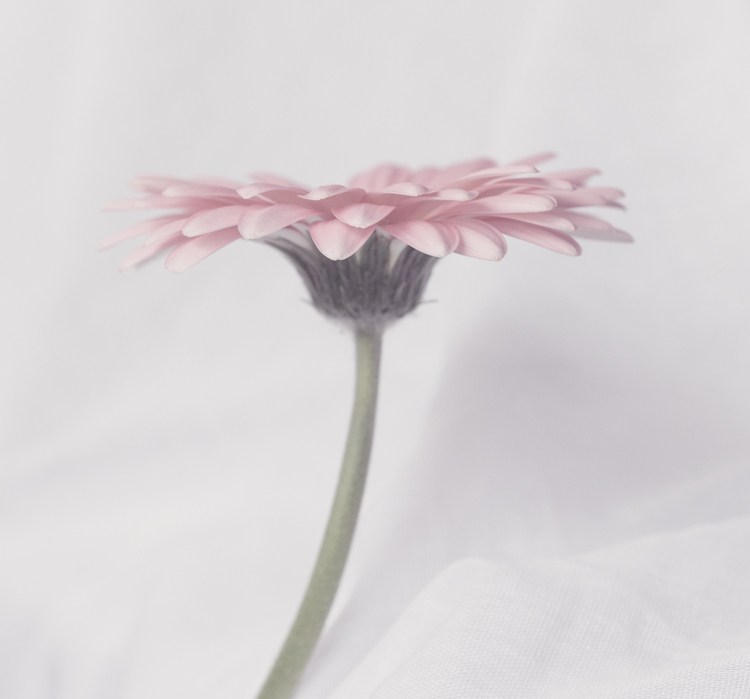
An excellent still life work needs at least three major elements: light, composition, and subject. Well, it sounds no different from shooting other subjects. But the biggest advantage of photographing still life compared to people and scenery is that you will have enough time and you will have more control. If you are shooting in a moderate indoor environment at home, the subject is stationary and you are free to control other environmental factors and try again and again. Is the shooting angle high or low? Is shooting distance far and near? How should the shooting subject be placed in order to be more beautiful? All of these you can make adjustments repeatedly until you get satisfactory results.
2. The composition is the key
For any kind of photography theme, the composition is a crucial link, but the meaning of composition in still photography still exceeds the light and the subject itself. As a photographer of nature and scenery, in the past, I used to photograph some big scenes. In a photo, there are usually beautiful mountains, lakes, or oceans. The sky is covered with rich layers of clouds that are stained by the sun’s afterglow at sunset. Blood red, all elements are ready. As for the composition, I just put elements like rock or dead wood in the foreground to give the whole scene a visually spectacular effect, but the composition of still life photography is totally different. When asked to shoot close-ups of objects that are much smaller than the mountains, I discovered how difficult it was to get a perfect picture in still life photography.
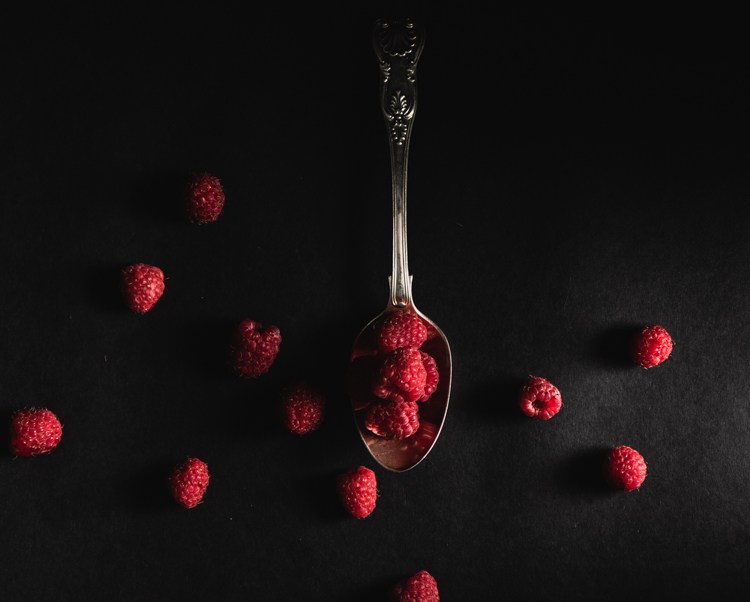
The questions we need to understand include how the tiny difference in shooting angles will have an obvious effect on the effect of the entire photo; the distance to the shooting distance is how to change the balance between the objects in the picture; the proportional relationship between objects; How does it affect the visual effects of photos? In order to understand the answer to these questions, I spent several hours repeatedly shooting and shooting. In the process, I also discovered that I have made mistakes that almost all novices will make, that is, too many elements are stuffed into the screen, and the complexity destroys the balance of the composition. The whole picture gives a messy, crowded feel. The protagonists who need outstanding performance are completely submerged by a bunch of inconsequential supporting actors.
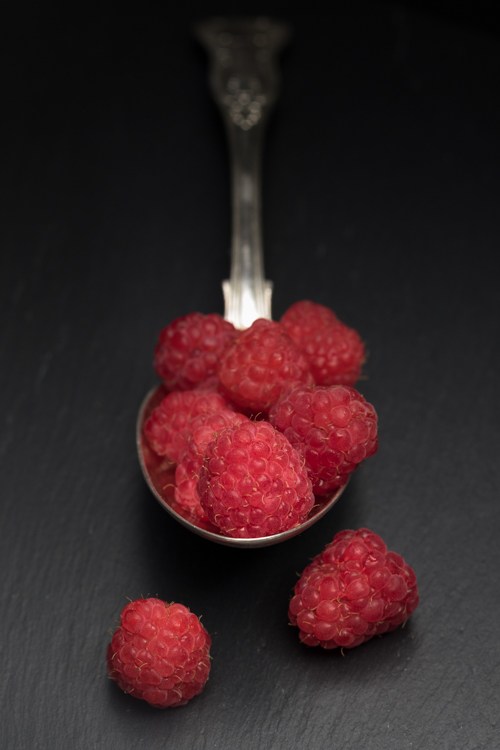
3. See more possibilities
This step will naturally appear after you complete the first two steps. Once you have devoted enough time to get along with the subject, put them in the right light and let them appear in the lens at the right angle, they will show the best in front of you. If you give yourself and your subjects the time to get to know each other, then it will have no secret in front of your camera. This applies not only to onions but also to living people. More time to spend is mainly to see more possibilities. So, you can begin to think about what kind of background is more concise, what kind of plates can make the overall color better, and the use of rough-surfaced boards can make the photos exude the rustic style of a rural farmhouse.
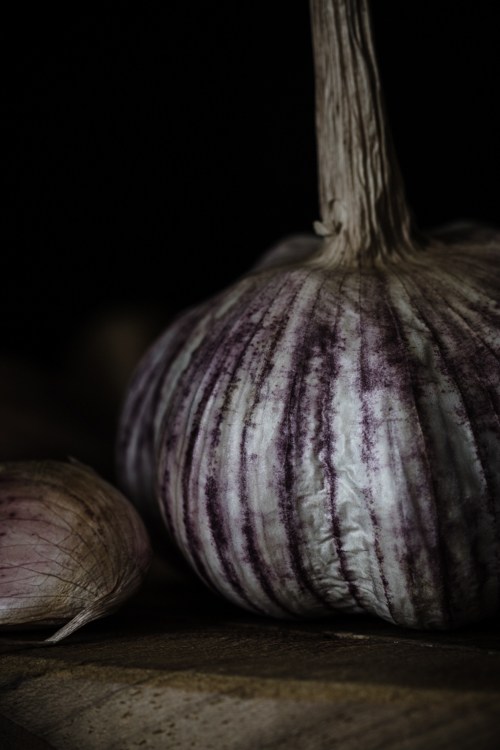
This may sound a little old-fashioned, you can of course choose a high-value red apple from the market, and then just spend two seconds on it to put it on the table, and perhaps also take a good picture. But what if you draw for 20 minutes trying to place the apples on different surfaces and shoot them at different angles? Try to cut the apple or take a bite shot? Try to put a cider next to shoot? Unless you can give yourself more time to try many different possibilities when shooting, rather than just pursuing results, you will miss many opportunities and limit of your growth. To be honest, I suffered a lot of setbacks when I was in contact with still photography. This made me very frustrated, but the setbacks also made me work harder. Once the problem is solved, the quality of the photos will be far better than expected, which is undoubtedly the best reward for me.
4. Try abstractionism
Many times we are more inclined to do a full picture of the subject at the time of filming so that the viewer can know what they are seeing without thinking. But think in reverse, if the viewer needs to spend some time thinking about what he actually sees, will this make your work more attractive? The question we are thinking about is how we can make people remember your photos while using a smartphone to look through hundreds of photos every day.

To achieve this goal, don’t be afraid to make the picture more abstract. Shoot in a way that hides things, and as long as it’s interesting enough, we can completely blur the subject according to our own preferences. However, the degree must be grasped. If the photo is too obscure, it is likely to alienate people rather than attract.
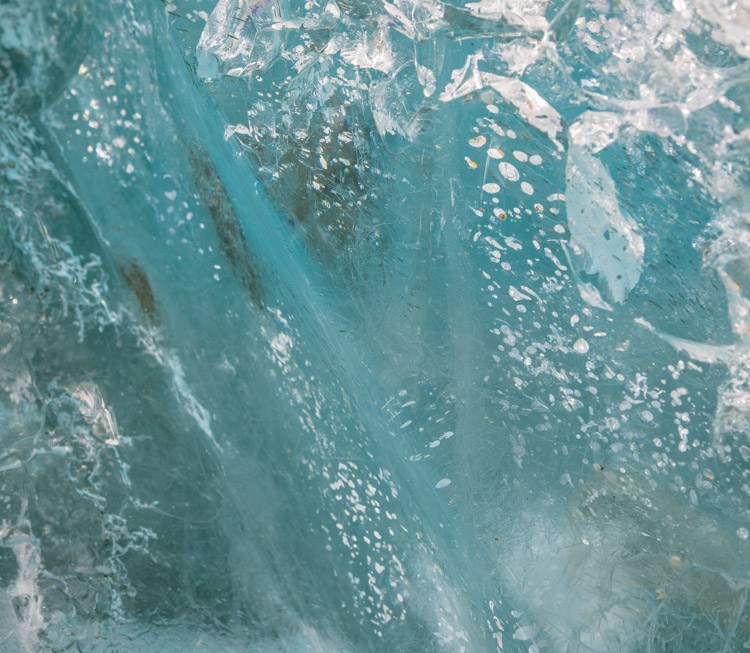
The key to effective abstraction is to spend more time carefully observing your subject, understanding its possibilities and the effects of different shooting angles, and creating as much creativity as possible. This proposal is universally applicable. Since the devil is hidden in the details, it is sure to have a lot of fun to go out and pick them up one by one. And when you hide many obvious things, those interesting shapes and lines will appear.

5. Choose the right prop
Props are quite important in still-life photography. The entire scene is composed of various props and accessories. The hue, emotion, and sentiment of the photos also need to rely on props. But for me, learning to use a variety of props and correctly combining them together can be said to be the hardest thing I feel when shooting still life. It is difficult to do without adequate choices and long-term hard work. Ok. This does not mean that you need hundreds or thousands of pots and pans or table napkins, but the selection of various props will make your shooting more flexible.
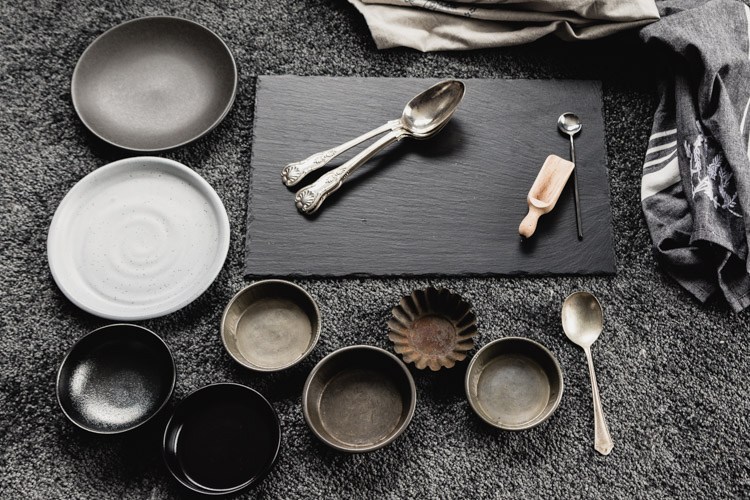
The selection and use of props is not only important for still life photography, photography subjects such as portraits, weddings, children, and pets also emphasize the rational use of props. As long as there are people in your screen, providing elements that interact with them will always help photographers take better pictures. Not only that, but the colors of the clothes worn by the characters, the style of the shoes, the makeup, and whether or not they are holding umbrellas are also included in the discussion of the props.
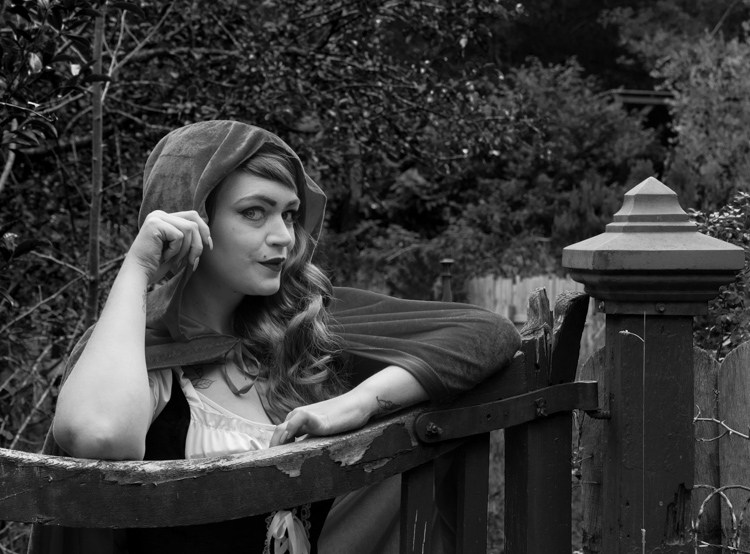
However, props are also double-edged swords, which can both enhance the perception of photos and distract people from their attention to the subject. So before using props, we need to be clear about what we really want to convey through photos. What emotions do you want to try? What kind of props can fit in with the overall style of the photo? And so on these big and small problems are we should take the time to properly consider.
Verdict
Still life photography is like a practice. Before taking this subject, I always take a picture quickly. I will do some obvious shooting, but in fact this does not satisfy me, because in the final analysis the result is boring, foreseeable and no different. Now that I’ve changed, I’ll be willing to spend time preparing everything, letting a lot of time to shoot, looking for possibilities to increase creativity, and having fun with repeated experiments. Although the number of shots I have taken is not as great as it was in the past, the quality of photos has increased a lot, and I know that I have been able to go deeper when shooting. My ability to compose images and my grasp of the overall style of photos have improved.
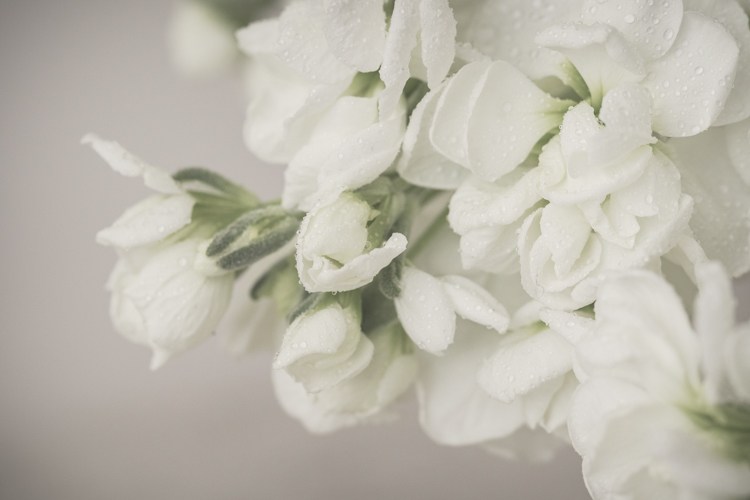
Well, these are the five things that I think must be mastered in still life shooting. However, the good news is that these suggestions are more or less applicable to other filming themes. The question before you is very simple: Do you want to entertain yourself or you want to hold your audience firmly? What kind of story are you trying to tell? What kind of emotions do you want to share? How can you resonate with your audience and make it stand out from the torrent of friends and photos in the sea? What’s the difference between your photos and the tens of thousands of photos online? The answers to all these questions are related to how much you would like to spend on a photo and the original intention of your shooting. As with any other technique, a good still life is the accumulation of time and experience. Do not believe? Then try to compare the works you have taken for a few months of your studies with those of veterans, and see if there is any difference.
Source: Digital-photography-school.com
Original Author: Stacey Hill
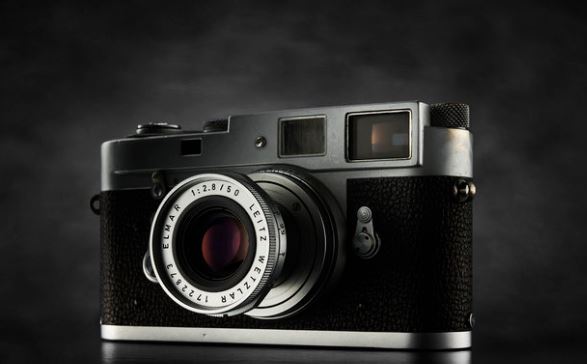
Related Posts
9 Best free photo editing software for Windows 11 or 10
Top Three Budget DSLR Cameras to Buy this Festive Season
Pixaloop: How to animate or add motion to still photos on Android
Difference Between Private, Unlisted and Scheduled Videos On YouTube
5 things to learn before going for still photography
How to prevent lens flare while photography in strong light – 5 Ways